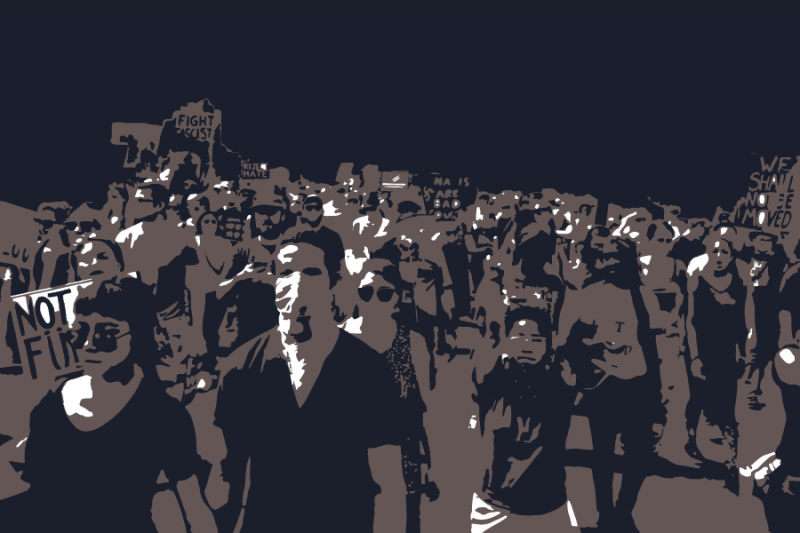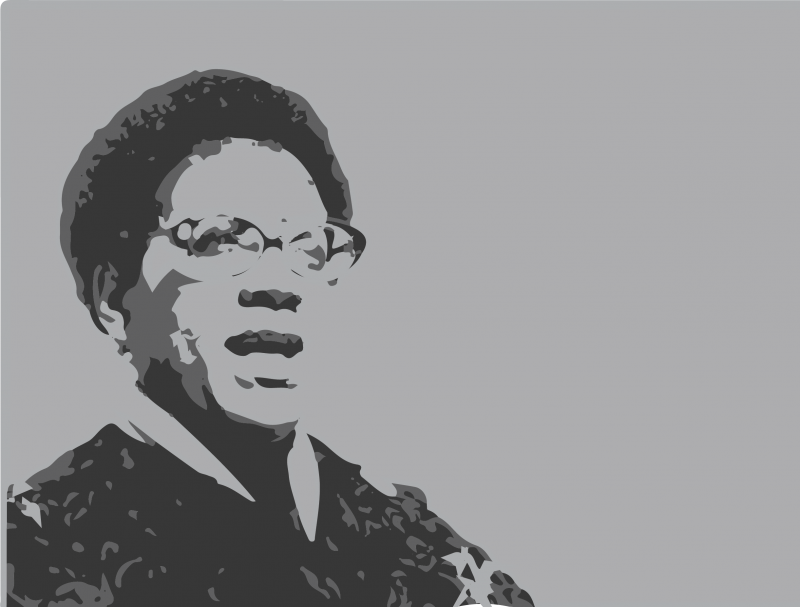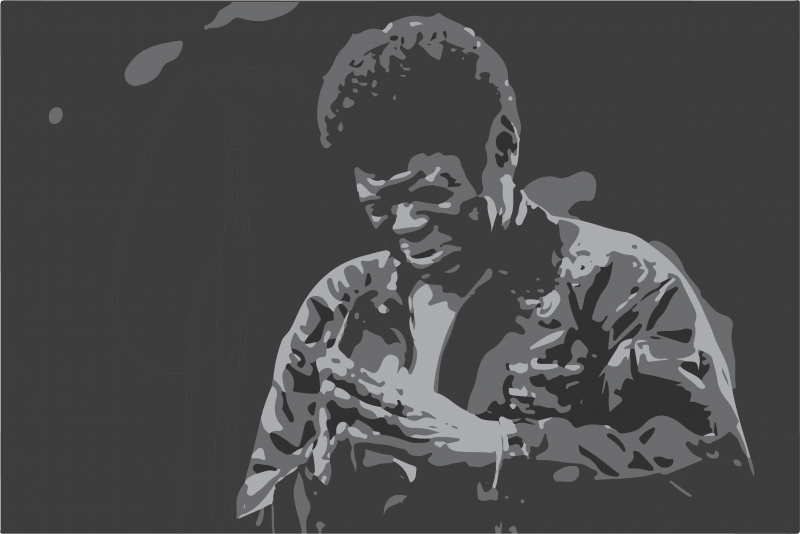UNDERMINERS, SUBVERTERS, & MUTINEERS: THE NEXT GENERATION OF DESIGN(ERS)
Posted on December 16, 2018“But all is not lost, because inside every single one of us is an Underminer, a free human being fighting to return kin and community to a connected state once more.”[1]

THE TIME IS RIPE FOR RESISTANCE
The time is ripe for resistance. For folks, fed up with the destructive nature of our current design paradigms and resultant conditions, to stand up and take action. To undermine, to subvert, and to mutiny our way to a re-imagined state. To challenge the embeddedness of oppressive [2], alienating [3]. and environmentally dissociative norms [4] and “to define and seek a world in which we can all flourish.”[5]
But what is the role of designers in this active resistance; in this response to a system “going up in flames.”[6]
DESIGNERS: UNDERMINERS, SUBVERTERS, AND MUTINEERS
Well, as design and designers are increasingly invited into untraditional design spaces –fields and levels of power which have the capacity to impact more significant scales — the role of designers shifts. We must be cognizant of the breadth, depth and impact of history, knowledge [7], and systems.[8]
Furthermore, our intentions must shift as well. We must go beyond our ability to organize [9] and strategize for the optimization of existing expectations. Instead, we must center our capacity to hold disjointed facts, suspend multiple realities, and “stay with the trouble.” [10] We must use the power of relational-centered design [11] and systems thinking to not just make those relations or specific components the subject of designerly solutions, but instead to make them the source of new exploration, collaboration, and opportunity. And, while not all organizations may be enticed to buy-into such a philosophy, the designers they hire must be deliberate and persuasive in their commitment to addressing the failings of our present conditions. [12] This is how and where designers can affect change — By recognizing the urgency and necessity to act, regardless of their professional responsibility to do so, and taking action. This may require “learning how to stand alone, unpopular and sometimes reviled,” [13] but this resistance “is the key in enabling the change to take place.” [14]

The effects of an intervention may ripple out with positive impacts.
THINK RADICALLY; INTERVENE STRATEGICALLY
To take action, designers must intervene strategically. Here, a metaphor may help to illustrate this concept more fully.
Imagine each intervention as a drop into a large body of water. Each time an intervention occurs, it casts ripples all across the water. Feedback is instantaneous and all-affecting. Gentle, measured drops may cause predictable and intended responses — One might imagine the grace and gentleness of a surely thrown pebble skipping across a surface. However, interventions absent consideration are more likely to cause disturbing splashes and even sink to cause disruptions deep below the surface.
The point is that it takes radical and thorough understandings of the way all things interweave and connect with each other to strategically select points of intervention. It means exploring and understanding the midst we exist within without discounting or over-simplifying. It means letting go of the need to control the entirety of the system, and instead, focusing on the exact spaces of opportunity, in which the effects of an intervention may ripple out with positive impacts across the greater system.
Designers must hold themselves accountable to this standard; to think radically and intervene strategically.

Audre Lorde
“THE MASTER’S TOOLS WILL NEVER DISMANTLE THE MASTER’S HOUSE” [15]
The question then becomes what does it mean, specifically, to act strategically.
For our conditions to truly change, strategy must be disentangled from the oppressive tools of contemporary systems and design thinking. [16] We must reflect and reorient away from classical optimization standards and methods, which privilege those of existing hierarchical advantage. Instead we might embrace a different set of tools; tools, which acknowledge and activate the power of active listening, playful and poetic mysticism, [17] radical empathy, thoughtfulness, self-awareness, and intentionality, [18] and design “concentrated in the margins.” [19] As Audre Lorde put it, “the master’s tools will never dismantle the master’s house,” [20] so we must build, together, in new ways toward a new way of being.
MY FAVOURITE MUTINY [21]
Ultimately, designers and design must transition from a tradition of organizational complacency and linear design processes. The time is ripe for revolt and the need for revolutionaries has never been more dire. Designers may not necessarily be the ones to lead, yet, we can enable. We can sponsor. We can undermine, subvert, and mutiny our way against contemporary failings, limitations and silos of knowledge. We can do all this and we can begin to design toward a radically different (sustainable and meaningful) space and time of existence.
max s.
[1] Farnish, Keith. “Underminers: A Guide to Subverting The Machine.” New Society Publishers, Aug 26, 2013. (pg. 55)
[2] Costanza-Chock, S. “Design Justice: towards an intersectional feminist framework for design theory and practice.” Proceedings of the Design Research Society 2018.
[3] Prado, Luiza, and Pedro Oliveira. “Questioning the ‘Critical’ in Speculative & Critical Design.” Medium, Medium, 4 Feb. 2014,
[4] SEE Hawken, Paul, Amory B. Lovins, and L H. Lovins. “Natural Capitalism: Creating the Next Industrial Revolution.” Boston: Little, Brown and Co, 1999. Print. AND Farnish, Keith. “Underminers: A Guide to Subverting The Machine.” New Society Publishers, Aug 26, 2013.
[5] Lorde, Audre. “Sister Outsider : Essays and Speeches.” Trumansburg, NY :Crossing Press, 1984. Print. (pg. 112)
[6] Bradley, Charles. “The World (Is Going Up In Flames).” No Time For Dreaming. Track 12. Dunham Records. January 25, 2011. https://www.youtube.com/watch?v=MTy7ugrSFz4.
[7] SEE Haraway, Donna. Staying with the Trouble: Making Kin in the Chthulucene. Durham, NC: Duke University Press, 2016. Print. (p1-31). AND Hamraie, Aimi. Building Access: Universal Design and the Politics of Disability. Minneapolis: University of Minnesota Press, 2017. (“As we typically understand it, knowledge is abstract, immaterial; knowledge describes the world rather than being within it. But what activists know, and what many academic disciplines eventually came to understand, was that knowledge is social, relational, material, and spatially situated. Knowing both reflects and shapes the world. Knowledge, in other words, is a kind of design.” (pg. 10)).
[8] Meadows, Donella H. “Thinking In Systems : a Primer.” London ; Sterling, VA :Earthscan, 2009. Print.
[9] Id.
[10] Haraway, Donna. “Staying with the Trouble: Making Kin in the Chthulucene.” Durham, NC: Duke University Press, 2016. Print. (p1-31).
[11] Farnish, Keith. “Underminers: A Guide to Subverting The Machine.” New Society Publishers, Aug 26, 2013. (pg. 24) (“The Lakota gave us the beautiful expression Mitakuye Oyasin or “all my relations” — meaning that we are all related to every member of the non-human as well as human world.”)
[12] Rosner, Daniela. “Critical Fabulations: Reworking the Methods and Margins of Design.” 2018. Print. Rosner dismantles the destructive nature of the pillars of the dominant design paradigm (individualism, Objectivism, Universalism, and Solutionism) and argues for a shift to tactics of Critical Fabulation (Alliances, Recuperations, Interferences, and Extensions.
[13] Lorde, Audre. “Sister Outsider : Essays and Speeches.” Trumansburg, NY :Crossing Press, 1984. Print. (pg. 112)
[14] Farnish, Keith. “Underminers: A Guide to Subverting The Machine.” New Society Publishers, Aug 26, 2013. (pg. 13)
[15] Lorde, Audre. “Sister Outsider : Essays and Speeches.” Trumansburg, NY :Crossing Press, 1984. Print. (pg. 112)
[16] Boehnert, Johanna and Onafuwa, Dimeji. “Design as Symbolic Violence: Reproducing the ‘isms’ + A Framework for Allies.” Intersectional Perspectives on Design, Politics and Power, School of Arts and Communication, Malmö University. 15 November 2016.
[17] Stearns, M. “Embracing Our Complex Mess: Playful and Poetic Mysticism,” sds.parsons.edu. 2018.
[18] Stearns, M. “IN PURSUIT OF BETTER” sds.parsons.edu. 2018.
[19] McDowell, Ceasar. “Design for the Margins at TEDx Indiana University.” Interaction Institute for Social Change. June 9, 2016. http://interactioninstitute.org/design-for-the-margins/.
[20] Lorde, Audre. “Sister Outsider : Essays and Speeches.” Trumansburg, NY :Crossing Press, 1984. Print. (pg. 112)
[21] The Coup (featuring Black Thought and Talib Kweli). “My Favorite Mutiny.” Pick a Bigger Weapon. Track 4. Epitaph Records. April 25, 2006. https://www.youtube.com/watch?v=C3VYASCDSHA&index=4&list=PLjQiPFjooacAv-hK1_owxOMTSWCd8CWum.
